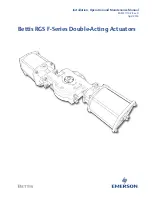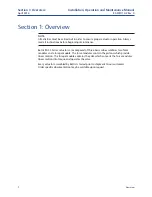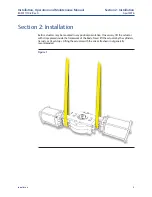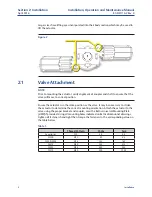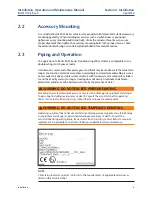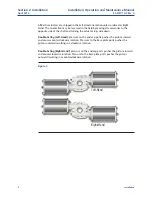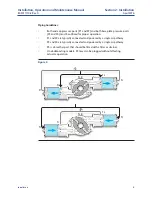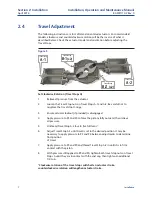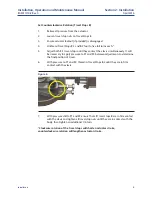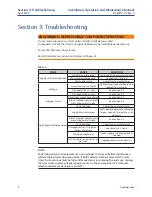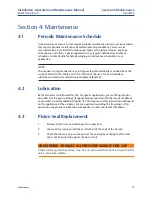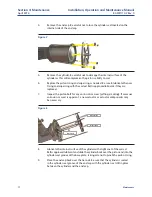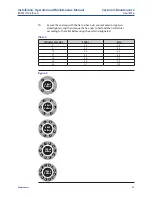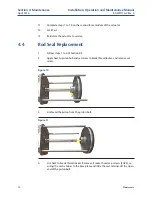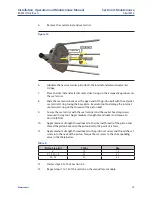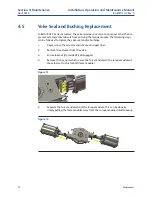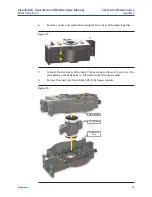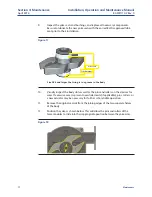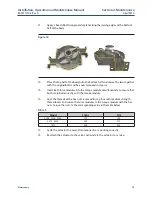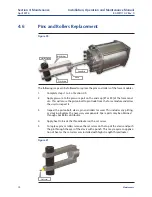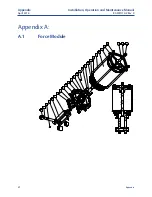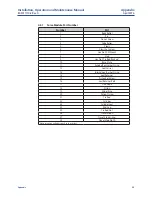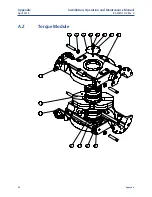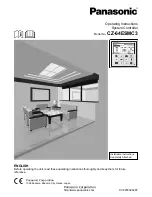
Installation, Operation and Maintenance Manual
RGS011110-2 Rev. 0
April 2016
10
Section 4: Maintenance
Maintenance
Section 4: Maintenance
4�1
Periodic Maintenance Schedule
General service actuators do not require periodic maintenance. Severe service actuators
may require periodic maintenance based on operating conditions. Severe service
may include but is not limited to high speed, high cycle, highly corrosive, explosive
atmosphere, and others. Special applications may require individual maintenance
schedules. Contact Bettis for help developing a maintenance schedule for your
application.
NOTE:
This product is only intended for use in large-scale fixed installations excluded from the
scope of Directive 2011/65/EU on the restriction of the use of certain hazardous
substances in electrical and electronic equipment (RoHS 2).
4�2
Lubrication
Bettis actuators are lubricated for life. For special applications, grease fittings may be
provided. Use the grease fittings (if applicable) incorporated into the torque module of
your actuator to apply additional lubricant. The frequency of this lubrication will depend
on the application of the actuator. For any questions regarding the frequency of this
operation or appropriate lubrication compounds, contact your Bettis distributor.
4�3
Piston Seal Replacement
1.
Exhaust all pressure and disconnect all supply lines.
2.
Loosen all tie rod nuts until they are flush with the ends of the tie rods.
3.
Check that there is no pressure against the end cap by verifying that the end
cap is not being forced against the tie rod nuts.
WARNING: EXHAUST ALL PRESSURE AGAINST END CAP
If there is force against the end cap, stop. Do not continue further until it is assured that the
unit is safe to disassemble.

